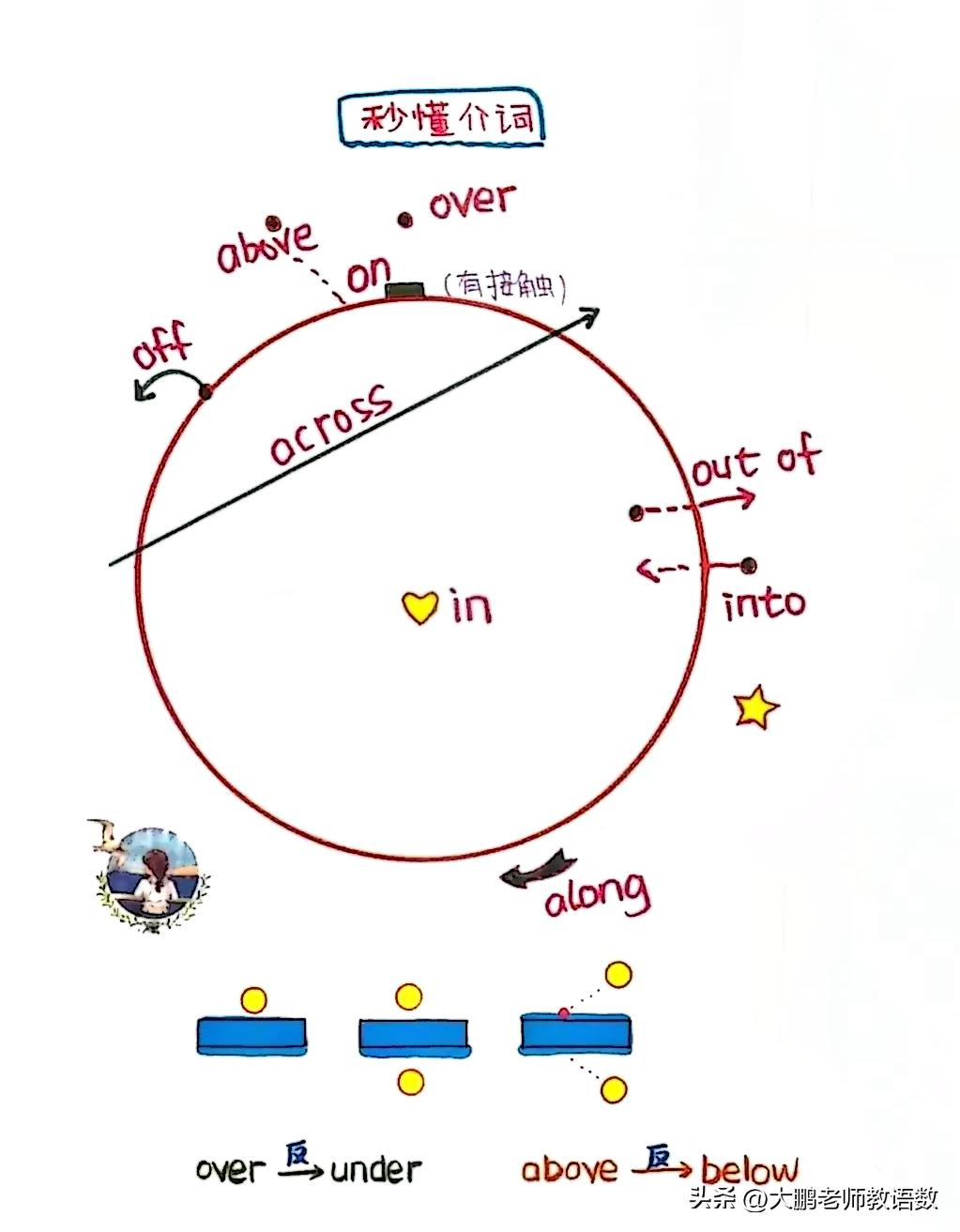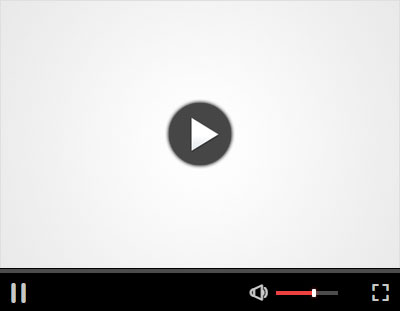Jabberwocky,阅读英文时不认识的词语,该怎样处理?
关于阅读英语读物,特别是所谓的“泛读”,很多人都知道这个建议:如果遇到不认识的词语,不需要每个词语都查字典,要学会自己根据上下文来推测判断含义,甚至可以暂时地忽视不理、只管硬读下去。
在使用英语阅读各种文字作品时,确实没有必要理解每个词语。这些不需要全部了解的词语,主要属于名词、动词、形容词等实义词类,一般称为Lexical words。
与Lexical words相对的,称为Grammatical words语法词汇,包括介词、连词、代词、助动词等等。名词、形容词等Lexical words之所以不需要全都理解,很大程度上,是因为这些词语的含义、可以根据由Grammatical words构成的句子结构推测出来。
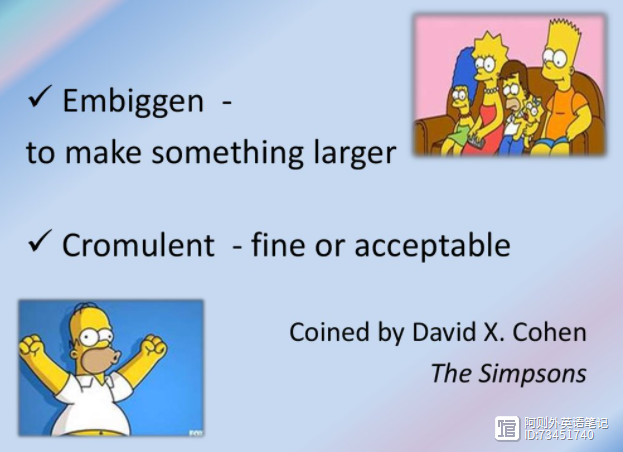
Nonsense Poem
在英语文化中,有一种称为 Nonsense Poem 的诗歌种类,经常会包含大量的Nonce words,也就是,在当时的语言中并不存在、完全是由作者自己发明创造出来的词语。
这些本不存在的Nonce words,自然也就没有人知道含义,甚至作者本人都不太确定具体所指。但是,包含Nonce words的Nonsense Poem诗歌,却有不少留传了下来,今天被视为英语文学中的经典。
在写作Nonsense Poem时所发明的Nonce words,有些还进入了日常语言,最著名的两个词语,就是Chortle和Galumph,都是由不同的词语裁剪组合而成。
Chortle由“Chuckle出声笑”和“Snort鼻子喷气”构成;Galumph由“Gallop马匹快速奔跑”和“Triumph凯旋归来”构成。
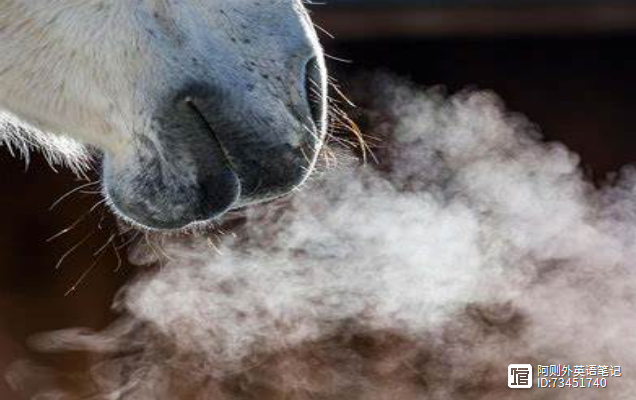
Jabberwocky
Chortle和Galumph这两个词语,都是出自Jabberwocky这首Nonsense Poem,作者是英国的Lewis Carroll;首次出版是在1871年,包含在小说Through the Looking Glass中。
Through the Looking Glass是1865年的小说Alice's Adventures in Wonderland 的续集,讲述了小姑娘 Alice来到一个镜像世界中的奇遇历险。在故事中,Alice 发现了一本书,里面的文字都是反着书写的、借助镜子才能阅读。在这本书中,就有Jabberwocky这首诗歌。
和大多比较认真谨慎的读者一样,Alice觉得,Jabberwocky中有很多不认识的词语,自己多半没有读懂。后来,Alice遇到了Humpty Dumpty,请教解读Jabberwocky这首诗;Humpty Dumpty格外自信,听了诗歌的第一个段落之后,就言之凿凿地解释起来,给其中的各个Nonce words提供了定义。
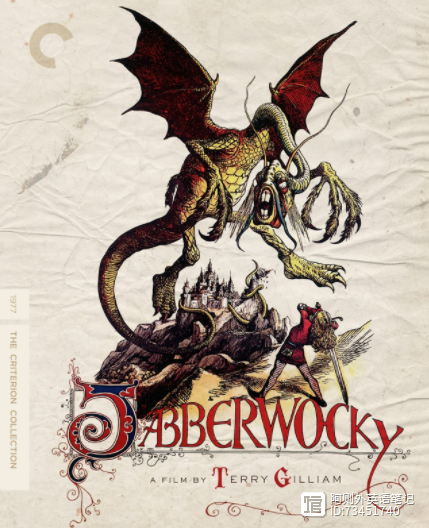
Humpty Dumpty的定义
This sounded very hopeful, so Alice repeated the first verse:
'Twas brillig, and the slithy toves
Did gyre and gimble in the wabe:
All mimsy were the borogoves,
And the mome raths outgrabe.
'That’s enough to begin with,’ Humpty Dumpty interrupted:'there are plenty of hard words there. “Brillig” means four o’clock in the afternoon – the time when you begin broiling things for dinner.’
'That’ll do very well,’ said Alice: 'and “slithy”?’
'Well, “slithy” means “lithe and slimy.” “Lithe” is the same as “active.” You see it’s like a portmanteau – there are two meanings packed up into one word.’

Portmanteau的说法,是在这部小说中由Humpty Dumpty首次使用,用手提箱来比喻由两个词语构成的新词语;今天,Portmanteau word已经成为了语言学中的术语。
'I see it now,’ Alice remarked thoughtfully: 'and what are “toves”?’ . . .
'Well, “toves” are something like badgers – they’re something like lizards – and they’re something like corkscrews.’
'They must be very curious-looking creatures.’
'They are that,’ said Humpty Dumpty: 'also they make their nests under sundials – also they live on cheese.’
按照Humpty Dumpty的解释,第一段的含义是:
在下午四点钟、人们准备开始烤肉烹饪晚餐的时候,丛林中有一种长得又像哺乳动物、又像爬行动物、又像螺旋开瓶起子、而且以奶酪为主要食物的生物,开始gyre and gimble,含义大概相当于:旋转、钻孔。
同时,borogove这种鸟类感到非常mimsy难受,而被形容为mome的rath这种动物正在outgrabe,通常认为是指:高声 yell out 尖叫。
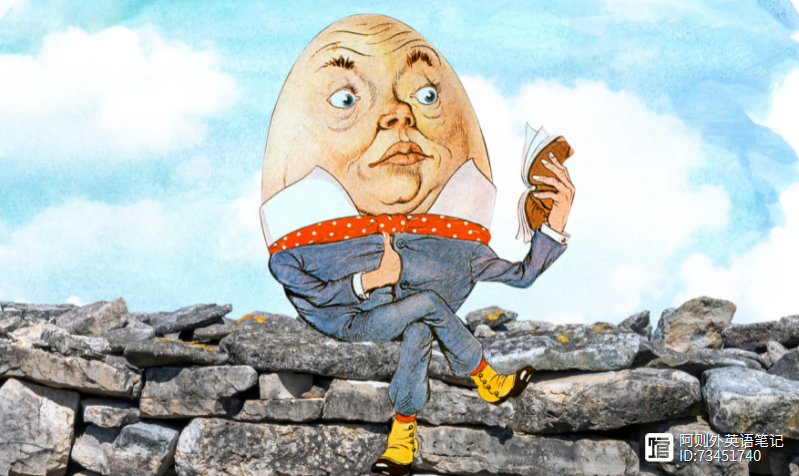
Humpty Dumpty的解释,并不是什么“权威版本”。诗歌和小说的作者Lewis Carroll,后来也曾提供与之不同的解读,而且承认:其中某些词语,自己也不清楚具体的含义。
尽管如此,Jabberwocky这首诗歌,一百多年来却在英国以及其它英语国家广为流传。很多喜欢这首诗歌的人,并不在乎这些Nonce words的含义;只要能兴致高昂地阅读和朗诵,就可以了。
在阅读英语时、怎样处理不认识的词语,当然是Alice认真谨慎的态度更值得效仿;但有些时候,例如这种形式大于含义的情形,Humpty Dumpty 先生的态度、也可以多少借鉴一下。

全文
'Twas brillig, and the slithy toves
Did gyre and gimble in the wabe:
All mimsy were the borogoves,
And the mome raths outgrabe.
按照讲故事的叙事习惯,使用过去时态;交待背景环境:时间,地点,丛林中的各种动物的行为。
“Beware the Jabberwock, my son!
The jaws that bite, the claws that catch!
Beware the Jubjub bird, and shun
The frumious Bandersnatch!”
年轻人即将出征,长辈老人嘱托提醒:要注意怪兽危险的牙齿和爪子,同时也要注意躲避丛林中的某种鸟类和其它动物。
He took his vorpal sword in hand;
Long time the manxome foe he sought—
So rested he by the Tumtum tree
And stood awhile in thought.
年轻人来到丛林中,手中提着宝剑,到处寻找对手怪兽,但花了很长时间也没有找到;于是就站立在一棵大树下,一面休息一面思考接下来该怎么办。
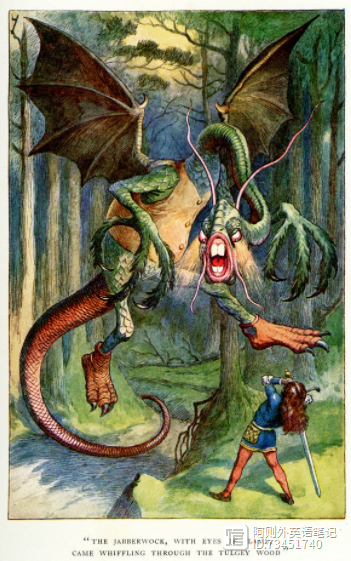
And, as in uffish thought he stood,
The Jabberwock, with eyes of flame,
Came whiffling through the tulgey wood,
And burbled as it came!
当年轻人正在思考时,怪兽出现了,穿过树林时发出沙沙的声响,嗓子中发出难以描述的吼声。
One, two! One, two! And through and through
The vorpal blade went snicker-snack!
He left it dead, and with its head
He went galumphing back.
年轻人挥舞宝剑,很快就杀死了怪兽;然后,带着怪兽的脑袋,耀武扬威地回到家中。
“And hast thou slain the Jabberwock?
Come to my arms, my beamish boy!
O frabjous day! Callooh! Callay!”
He chortled in his joy.
长辈老人欢迎年轻人归来,高兴地夸奖称赞。
’Twas brillig, and the slithy toves
Did gyre and gimble in the wabe:
All mimsy were the borogoves,
And the mome raths outgrabe.
第二天,同样是下午四点钟,在丛林之中,各种动物仍然和之前一样,重复着自己新一天的生活。
真的是太牛了!一份超全的英语语法思维导图,没有比这更贴心更完整的
真的是太牛了!一份超全的英语语法思维导图,没有比这更贴心更完整的总结了!学好英语语法,让你的口语和写作更棒!如“英语介词”通常可以分为以下四种类型:1.时间介词(PrepositionofTime):表示时间的介词,例如“at,on,in,during,for,since”。它们通常用于描述具体的时刻、日期、星期、月份、季节、年份和一段时间等。诺哈网2023-08-30 15:53:320000英语核心2000单词必学必会
诺哈网2023-09-02 15:21:010000三副工作程序【初次登船】(详细,新任三副必看)
上船后,一般立即要做的工作是下面:1、应变部署表》名单,一般分布是:驾驶台、机舱、餐厅层。2、更新各种船员名单,包括:2.1、救生艇艇员名单。注意共四份,各艇正副艇长各一份,即:大副、三副、水手长、木匠。2.2、演习指挥手持名单。注意共四份,船长、老轨、大副、三副。0000英文怎么说 | 格局小了
"格局太小"是近两年网络流行词,据说出自贾冰的小品;它指人的眼界或心胸太小,看待事情不够全面。听过这个故事没:齐白石有次听见门外老人在吆喝买白菜,想起了王羲之拿楷书跟道士换白鹅的事,闲着无事,也想效仿古人的风雅,于是对老汉说我用我的白菜画,跟你换一车白菜怎么样?那老汉听了,勃然大怒:哪里来的疯子,想占我便宜?走开!齐白石碰了一鼻子灰,只能摇头叹息…诺哈网2023-08-20 09:16:260000

